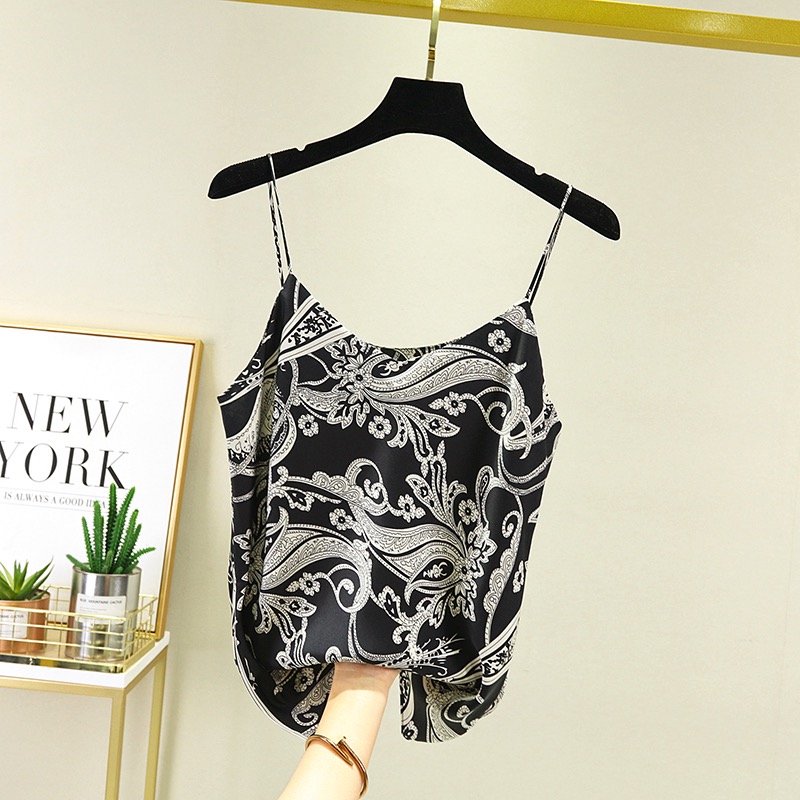8 defectos y acciones en el proceso de tejidos

The flat width dyeing and finishing process has the unique advantages of high degree of automation of equipment, complete automatic detection and control means and methods of various technological parameters, continuous production, high production efficiency, low labour cost and stable product quality. It is the preferred printing and dyeing processing means for cellulose fibres and blended and interwoven woven fabrics. However, if the quality, process, technology and operation management are not in place, it is often easy to have batch quality problems, leading to batch rework, increasing quality costs, or in heavy cases, causing inferior products that cannot be reworked and cannot be delivered, seriously affecting the company’s production schedule, economic efficiency and reputation.
Tres causas del encogimiento de la tela

The smallest shrinkage is synthetic and mixed textiles, followed by woolen fabrics, hemp fabrics, cotton fabrics in the middle, silk fabrics shrinkage is larger, while the largest is viscose fibres, rayon, artificial wool fabrics. Objectively speaking, cotton fabrics are more or less subject to the problem of shrinkage and fading, the key is the finishing behind. Therefore, the general home textile fabrics are pre-shrunk. It is worth noting that after the pre-shrinking treatment is not the same as no shrinkage, but refers to the shrinkage rate control within the national standard 3%-4% clothing, especially natural fiber clothing will shrink. Therefore, when buying clothing, in addition to the quality of the fabric, colour and pattern selection, the shrinkage rate of the fabric should also be understood.
